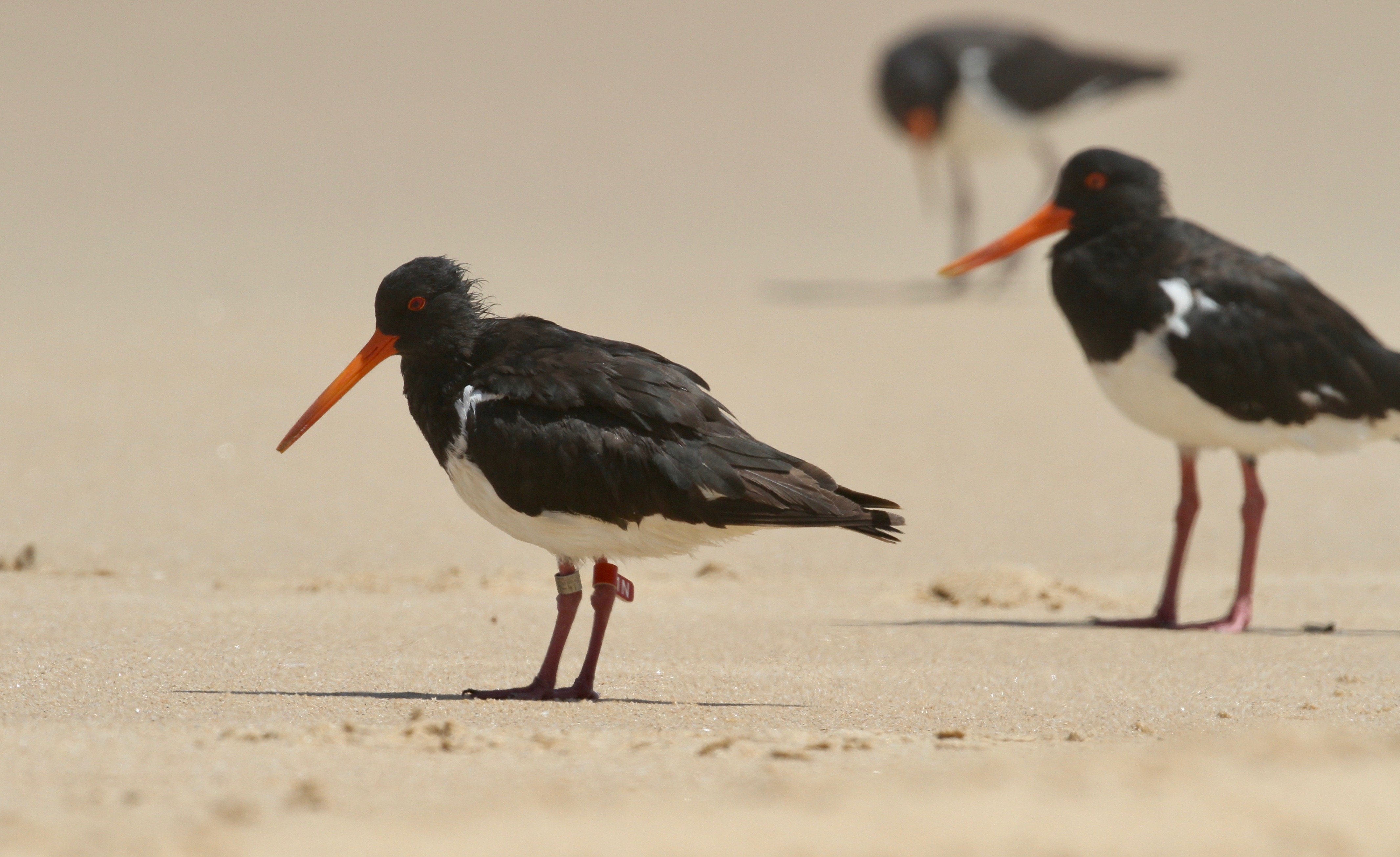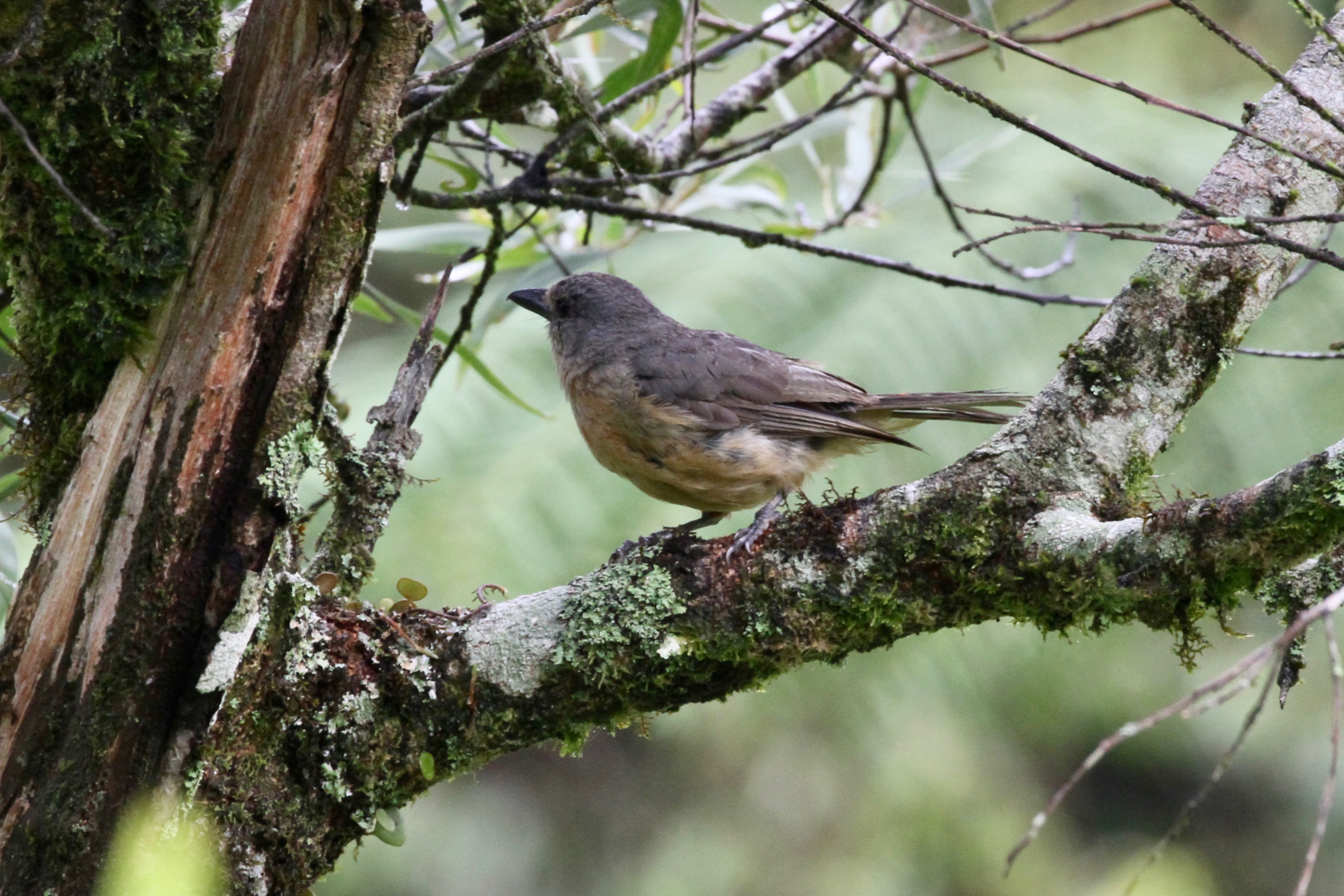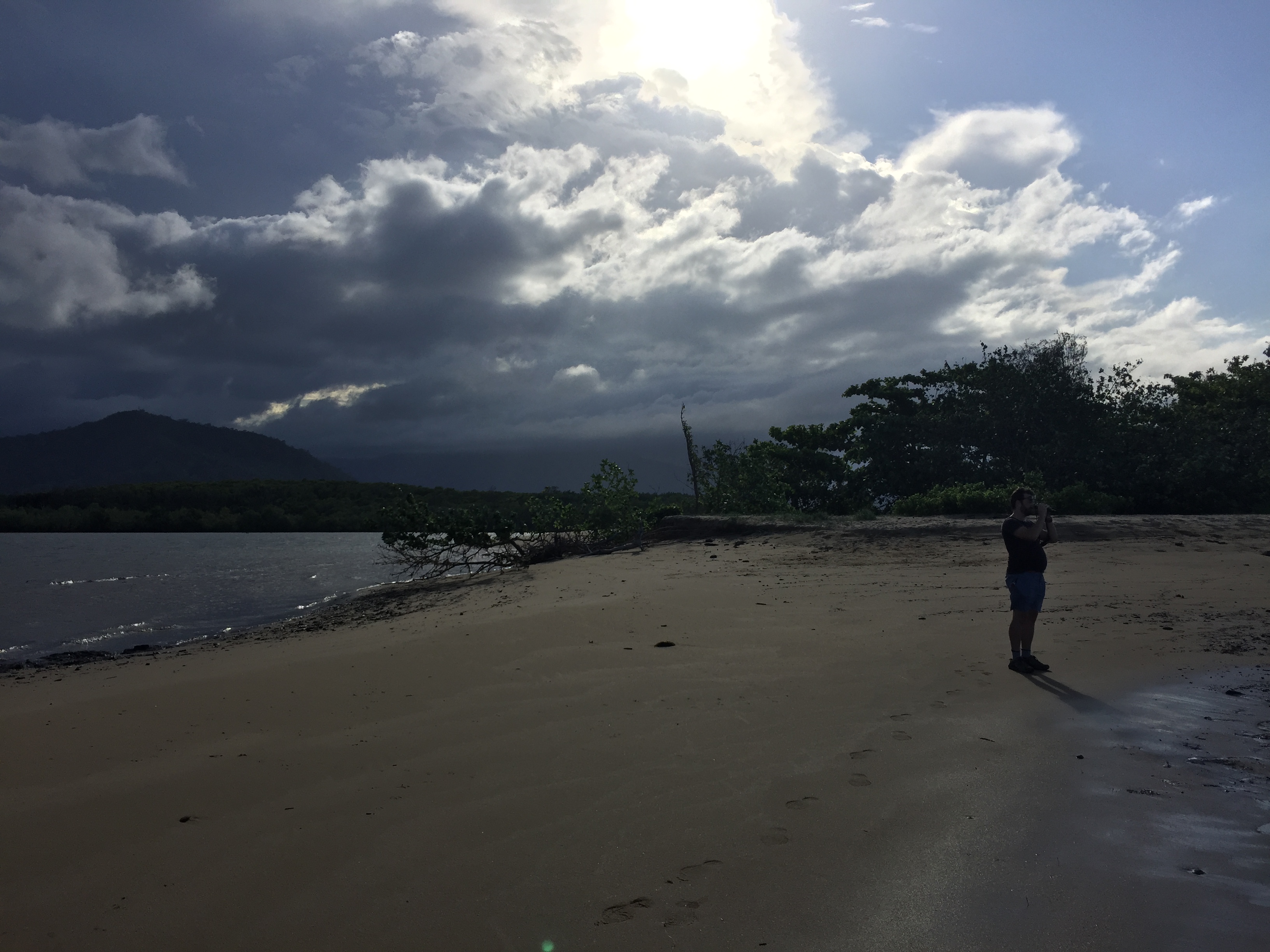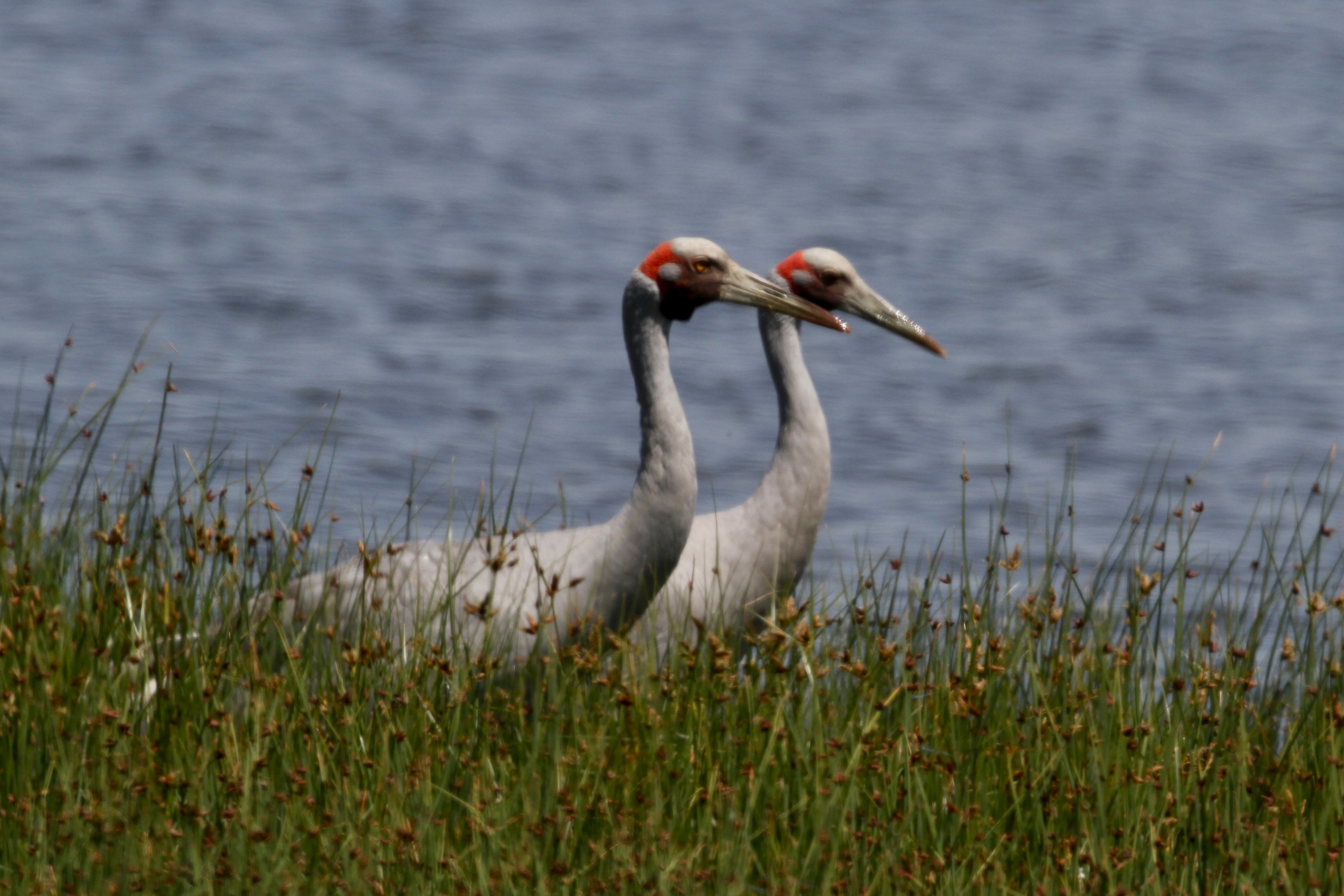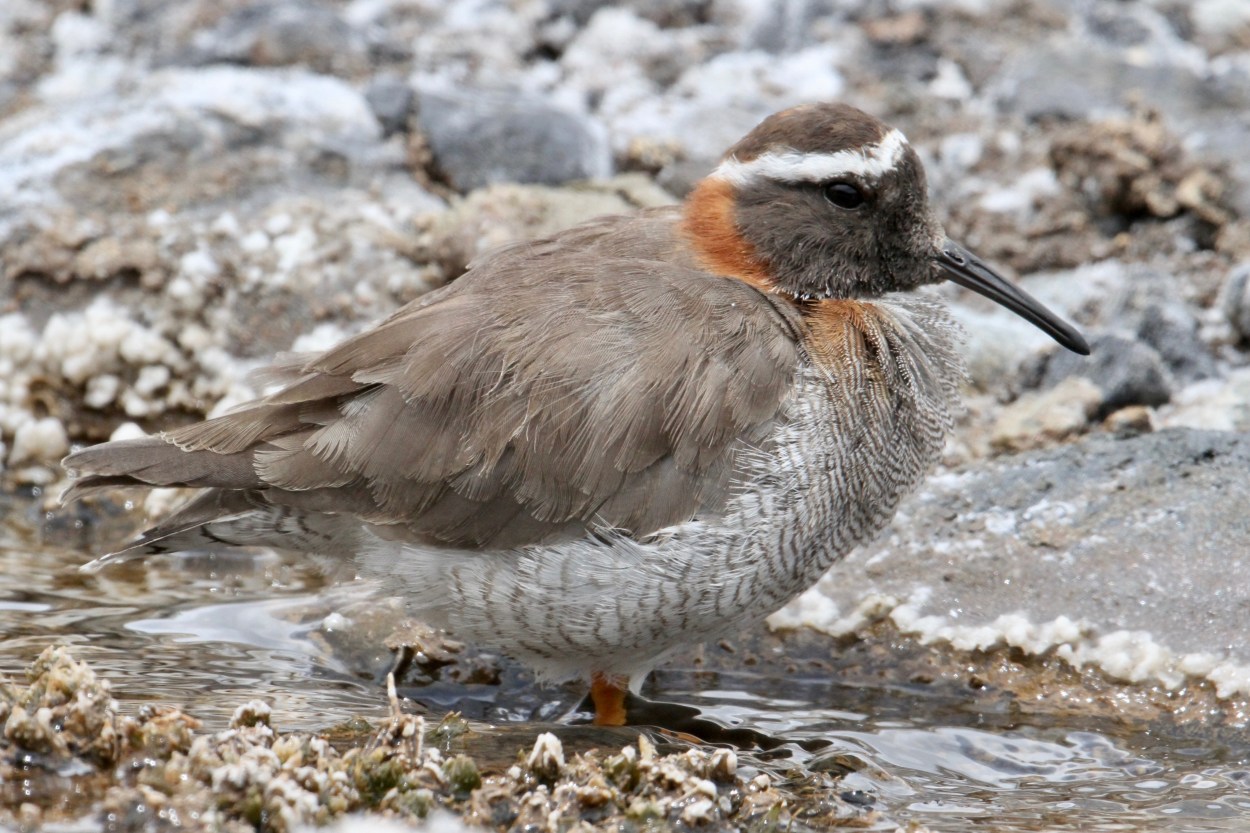
We’ve been in Chile with Joe, Gabi & Blas for a week now, chilling. A long weekend at the coast included a boat ride and a visit to the local animal rescue centre / petting zoo – great views of Emu! As a consequence our Chile 2020 list has got off to a relatively slow start, but we have now been up to the ski resorts above Santiago and, yesterday, I spent the day with ‘Gresham Phil’ (Phil & Carolyn have been out here on a 16 day birding tour with Eric of Albatros Birding) in the El Yeso valley. As always the target bird was the beautiful but elusive and globally rare Diademed Sandpiper-Plover. We had to try four spots up the valley before we finally pinned down a pair with their two chicks. I spotted the first adult hunkered down in the river- bed and we watched it and the youngsters at a respectful distance. Walking back we were within a couple of minutes of the car when Eric nearly trod on the second bird, busy bathing and preening in the stream. Remaining completely unbothered by our presence, we got utterly amazing views! This is our third consecutive trip to Chile when we’ve been successful in locating this ‘must get’ species.
